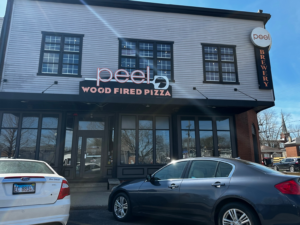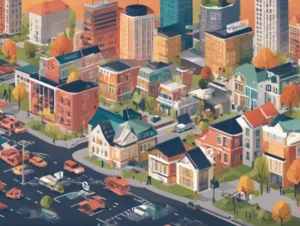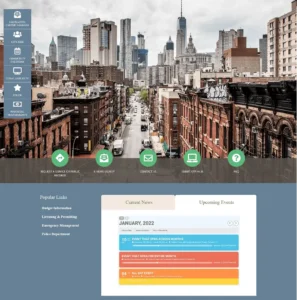[ad_1]
O’Fallon, Illinois is a small yet significant city in the southwestern part of the state, just east of St. Louis, Missouri. Though it is often overshadowed by its larger neighbor across the Mississippi River, O’Fallon has a rich history and a vibrant cultural heritage worth exploring.
The earliest known inhabitants of the O’Fallon area were Native American tribes, including the Cahokia and the Illiniwek. The Cahokia were part of the Mississippian culture, which flourished in the region between 900 and 1500 AD and left behind impressive archaeological sites such as the nearby Cahokia Mounds, a UNESCO World Heritage site. The Illiniwek, on the other hand, were a confederation of Algonquian-speaking tribes who inhabited the area until the arrival of European settlers.
The first European to explore the O’Fallon area was Frenchman Jacques Marquette in 1673, followed by other French explorers, fur traders, and missionaries who established a few settlements in the region. However, it was not until the early 19th century that O’Fallon began to take shape as a town, thanks to the construction of the National Road, a major east-west route that passed through the area and brought more settlers, travelers, and businesses.
One of the earliest and most influential figures in O’Fallon’s history was Nicholas Jarrot, a French immigrant who arrived in 1804 and became a prominent trader, politician, and landowner. Jarrot was instrumental in persuading the Illinois legislature to create St. Clair County in 1790, which included the O’Fallon area, and served as its first sheriff. He also founded several businesses, including a ferry, a grist mill, and a tavern, and owned a large estate that later became O’Fallon City Park.
In the mid-1800s, O’Fallon experienced a period of growth and development as more people settled in the town and built homes, shops, and public buildings. The construction of railroads, such as the Wabash Railroad in 1854 and the Illinois Central Railroad in 1868, further boosted O’Fallon’s economy and population by providing faster and cheaper transport of goods and people. The town also had its share of struggles and tragedies, including fires, floods, and outbreaks of diseases such as cholera and smallpox.
Throughout its history, O’Fallon has been a diverse and welcoming community, with immigrants from Germany, Ireland, Italy, Poland, and other countries contributing to its cultural and social fabric. The town has also been home to several notable figures, such as actor Bob Gunton, athlete Randy Wells, and politician Jerry Costello.
Today, O’Fallon is a thriving suburb with a mix of residential, commercial, and industrial areas, as well as parks, schools, and community events. Visitors and residents can explore the town’s history and heritage through several landmarks and attractions, such as the O’Fallon Historical Society Museum, the Jarrot Mansion Historic Site, and the Veterans’ Monument and Military Museum.
The O’Fallon Historical Society Museum displays artifacts and exhibits related to the town’s past, including photos, documents, tools, and clothing. The museum is housed in the former home of Dr. Hiram Logan, a prominent physician and civic leader, and features rooms decorated in period style. Visitors can also stroll through the nearby Lincoln Park, which has a fountain, a gazebo, and a statue of Abraham Lincoln.
The Jarrot Mansion Historic Site is a restored 1810s mansion that belonged to Nicholas Jarrot and his family. The mansion is a two-story brick house with four rooms on each floor and a central hallway, as well as a basement and an attic. The house is furnished with period pieces and decorations, such as a spinning wheel, a bedstead, and a fireplace. Visitors can also learn about the Jarrot family’s life and legacy, as well as the history of the town and the region.
The Veterans’ Monument and Military Museum is a tribute to the town’s veterans and military history. The museum has several exhibits, such as a model of the USS O’Fallon, a Civil War display, a WWII display, and a Korean War display. The museum also has a library, a gift shop, and a courtyard with several monuments and memorials, including a Vietnam War memorial, a 9/11 memorial, and a Purple Heart monument.
In addition to these attractions, O’Fallon also hosts several community events throughout the year, such as the O’Fallon Homecoming, a festival with food, music, and games; the O’Fallon Farmers’ Market, a weekly market with fresh produce and artisanal goods; and the O’Fallon Illuminated Holiday Parade, a festive parade with colorful floats and lights.
Overall, O’Fallon, Illinois may be a small town, but it has a big history and a vibrant culture that are worth exploring. Whether you’re a history buff, a nature lover, or a foodie, O’Fallon has something to offer. So next time you’re in the area, take a trip back in time and discover the story of this hidden gem of the Midwest.
[ad_2]







